OnePlus 7 Pro review: Not perfect, but great value
The newest - and largest - OnePlus device stumbles on its way to greatness
The OnePlus 7 Pro is held back by a handful of minor annoyances, but look past those and you’ll find a phone that puts up a worthy challenge to Samsung’s latest devices for a much lower price.
-
+
Attractive design; Great photos in auto mode; Gorgeous display
-
-
Camera has some odd issues; Pop-out camera isn’t as convenient as in-built options; battery life lags behind rivals

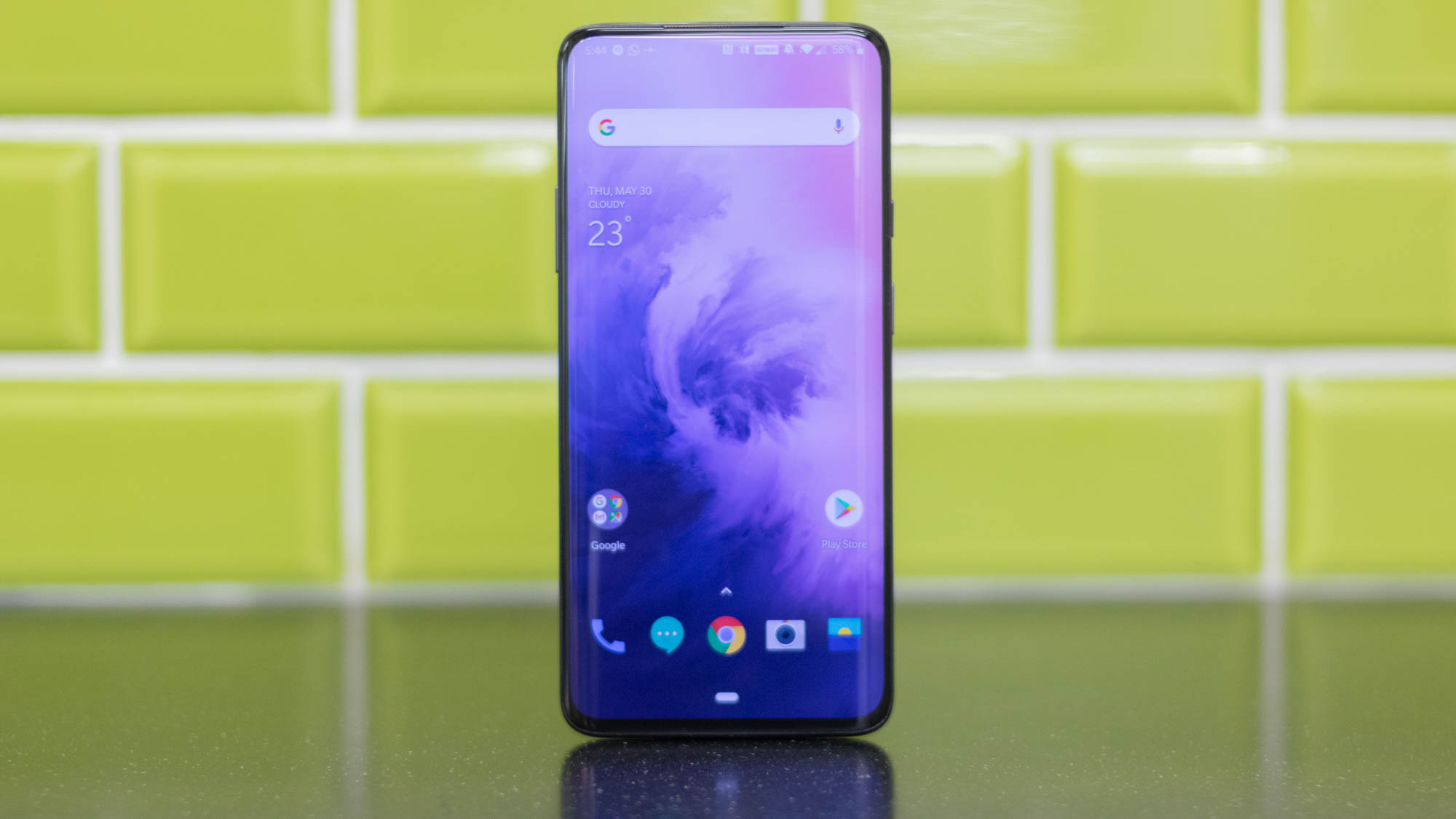
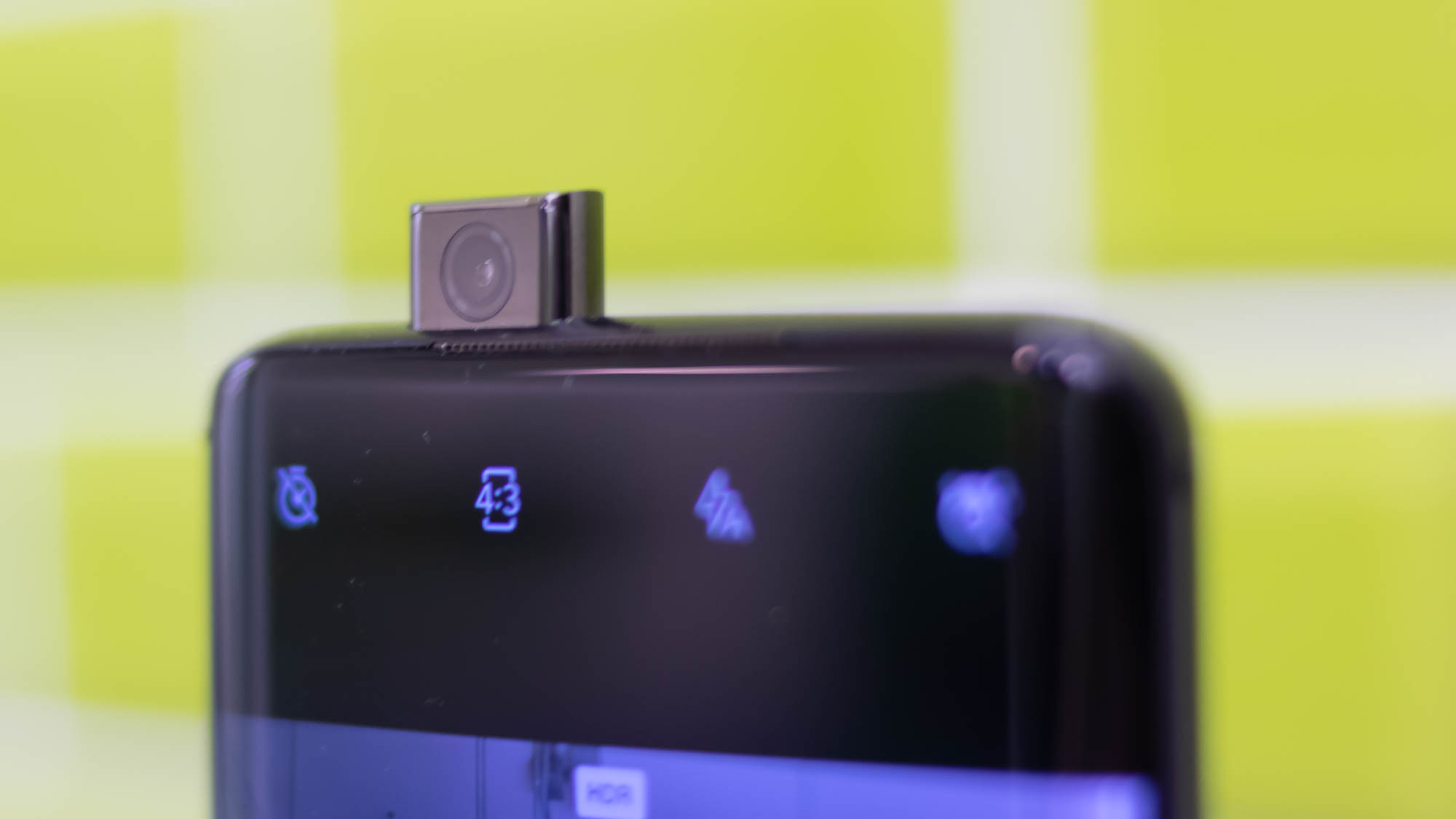
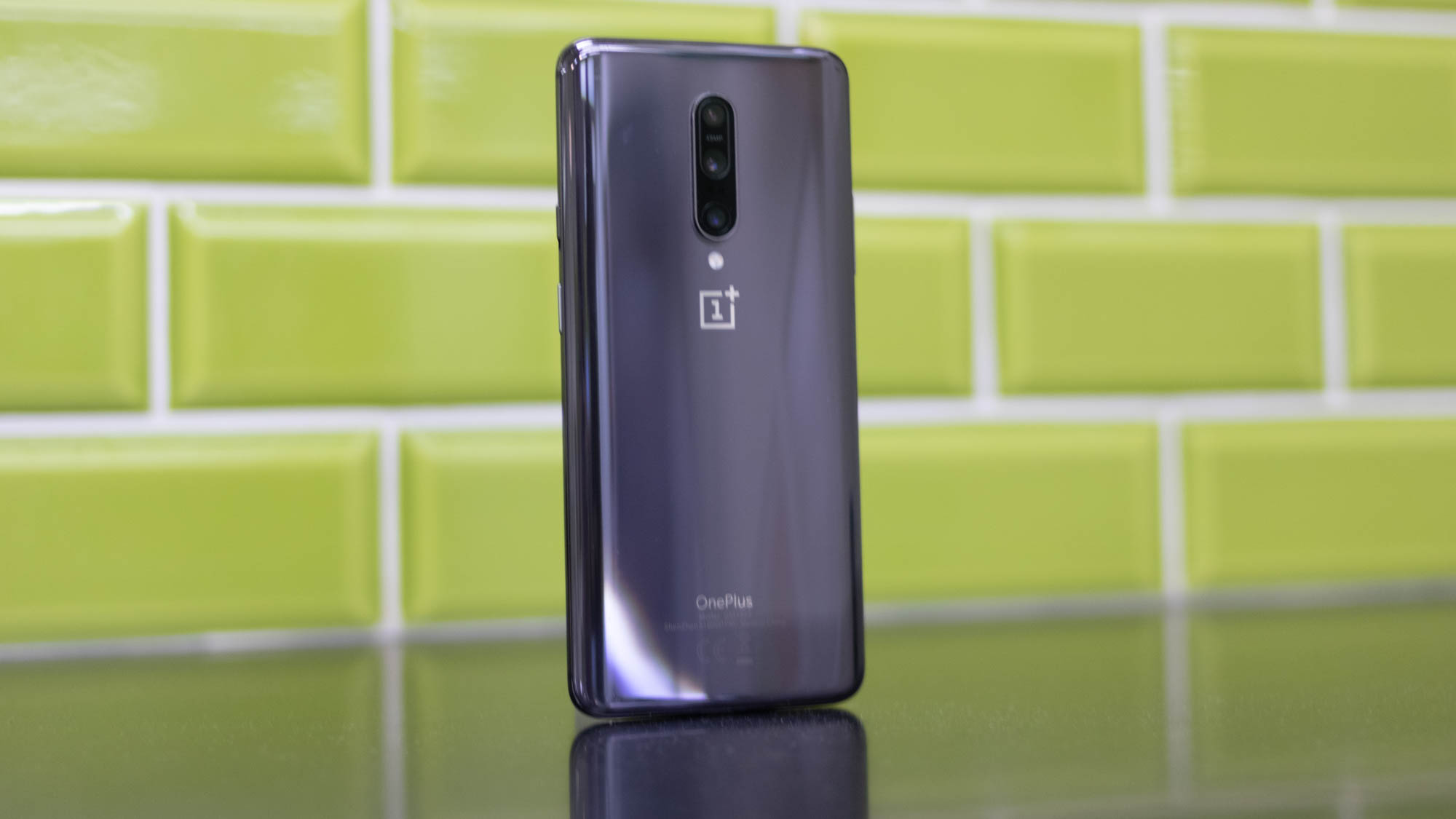
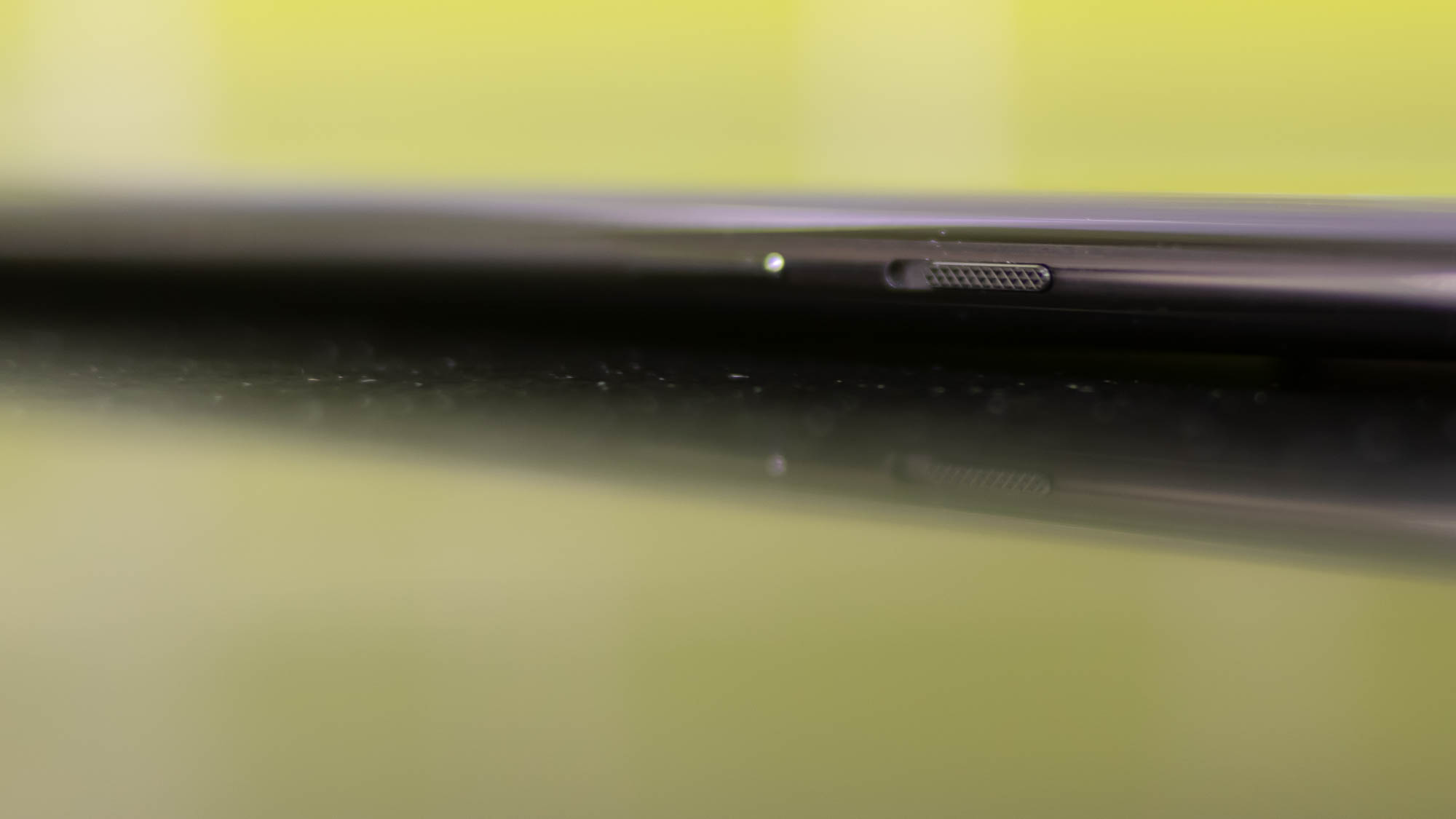
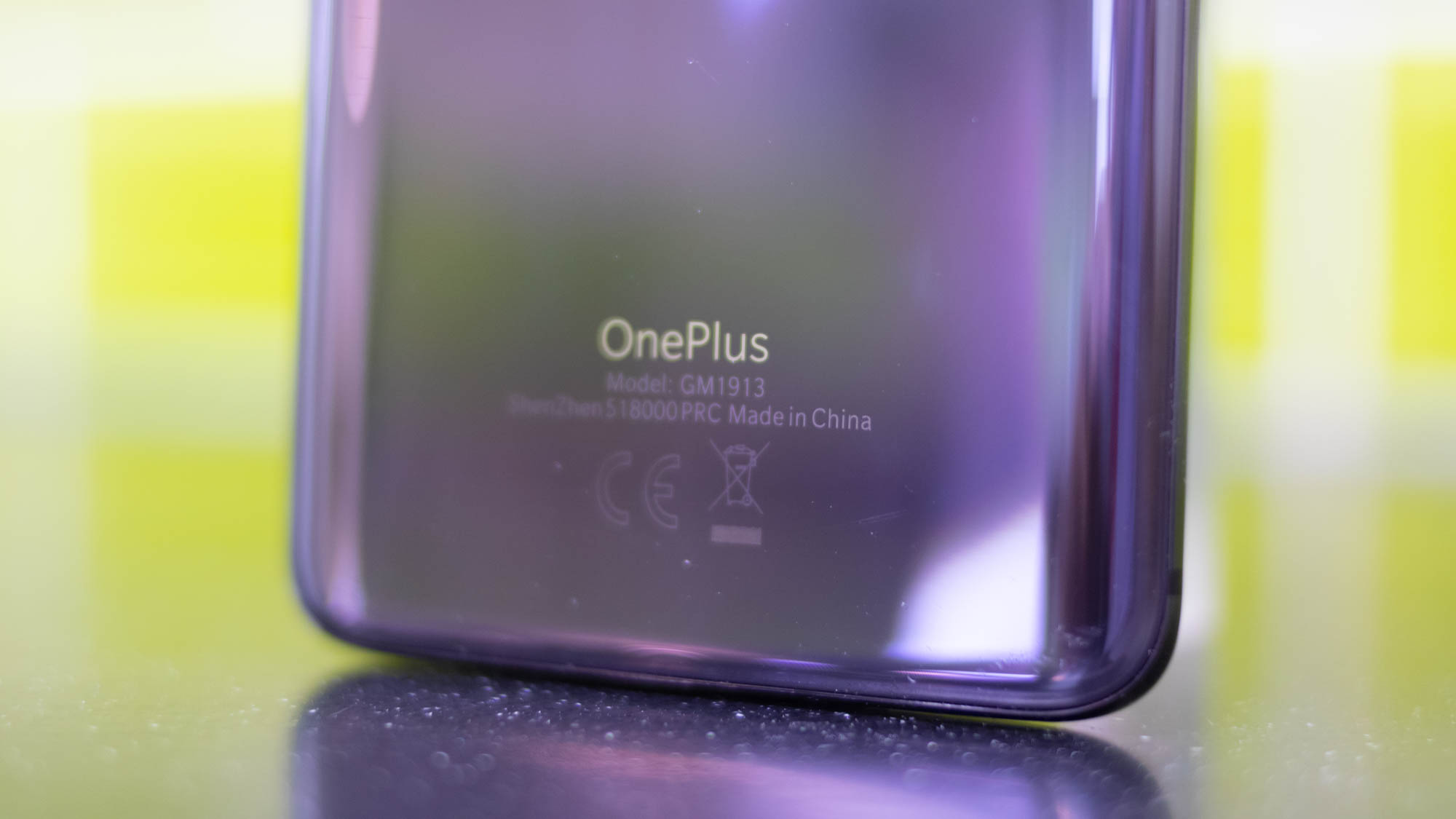
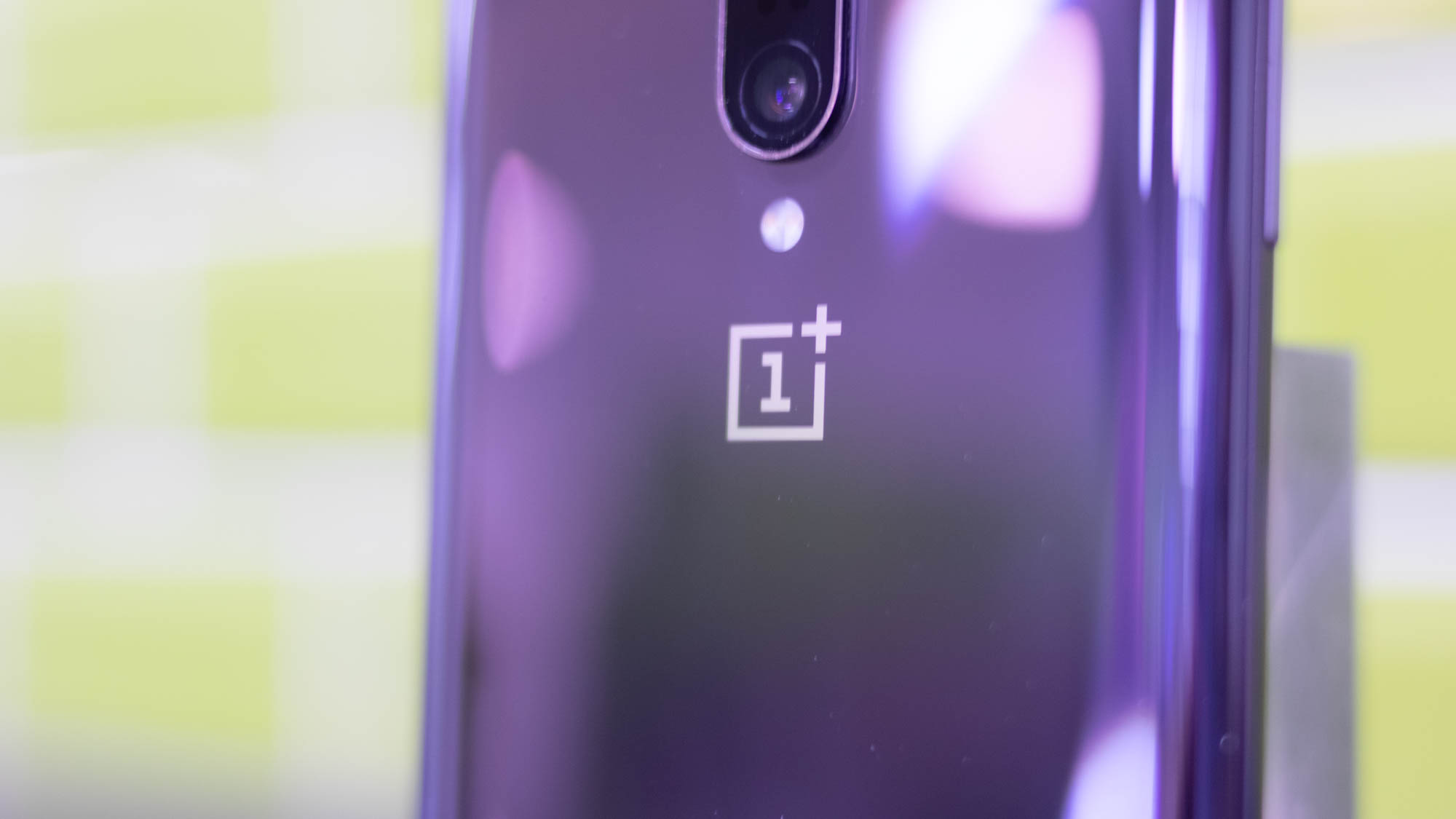
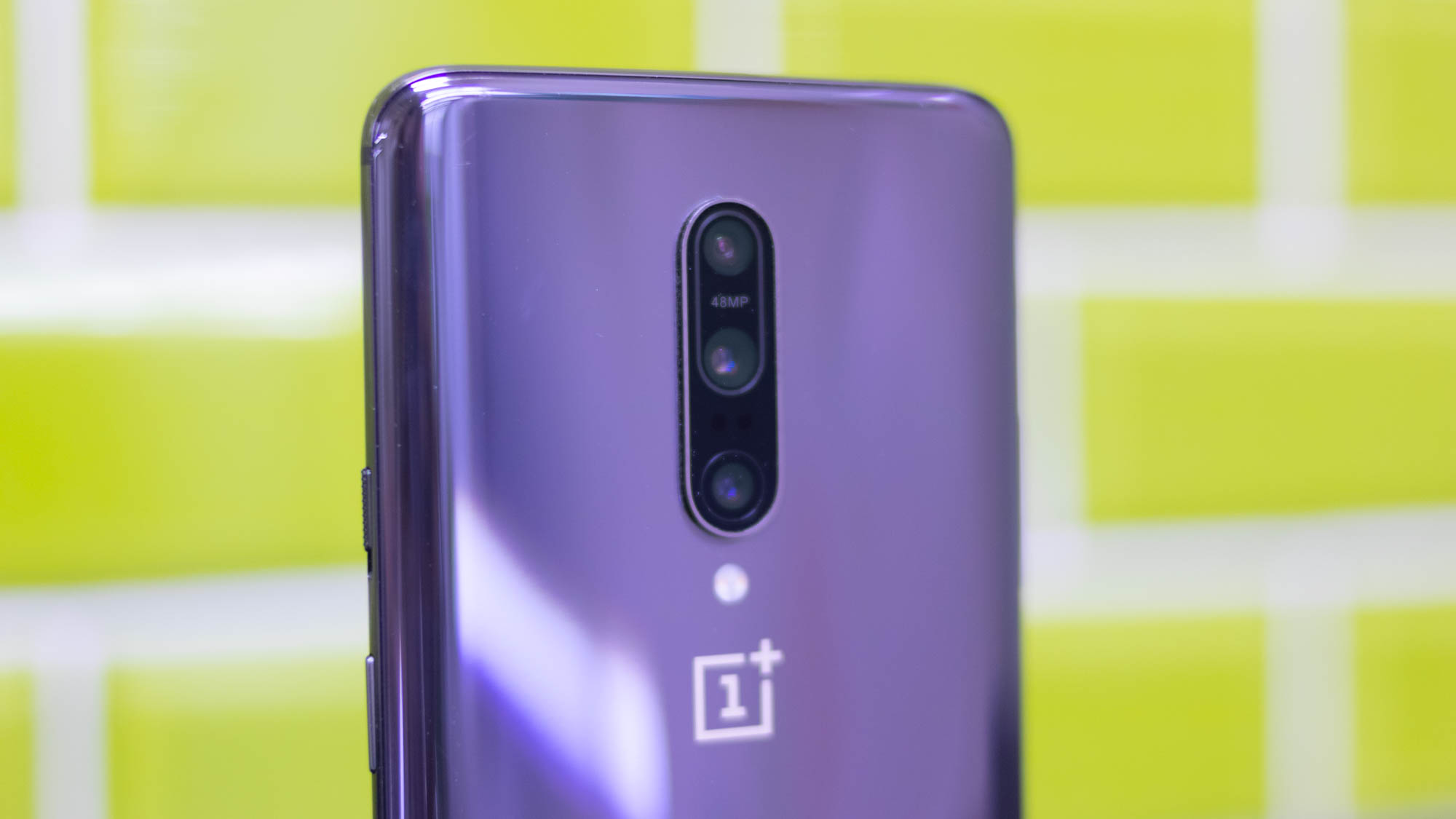
Two-tier smartphone families are now pretty much the default option for manufacturers, with one basic version being released alongside a second model that's much larger, fancier, and more expensive. Whether it's 'Plus', 'Max' or 'XL', it seems the done thing is to make two versions of your device - and OnePlus hasn't ignored this trend.
For the first time in its history, the Chinese firm has launched a new generation of smartphones with two separate tiers - the OnePlus 7 and the OnePlus 7 Pro. Boasting more bells and whistles than its stablemate, the 7 Pro is OnePlus' answer to the likes of the Huawei P30 Pro or the Samsung Galaxy S10+.
It's going all-out too, outfitting the device with just about every cutting-edge technological capability possible. However, given OnePlus' well-earned reputation for producing flag-ship grade devices without the associated price tag, the new handset will have to convince us that the extra glitz makes it a worthier purchase than the OnePlus 7.
OnePlus 7 Pro review: Design
The OnePlus 7 Pro is definitely the most 'premium' device OnePlus has ever made. The curved, edge-to-edge display (a first for the Chinese company) is very impressive and is reminiscent of the likes of the Galaxy S10. And, when we say edge-to-edge, we mean it - unlike other devices, this phone has no notch, strap or any other interruptions to the spread of the screen. Instead, the front camera is hidden within the device itself when not in use, popping out like a periscope via a motorised mechanism when needed.

The OnePlus 7 Pro isn’t the first to feature this kind of mechanism, but it’s certainly one of the better implementations. It’s quite clever and quirky, but we’re not entirely convinced that it’s necessary, let alone an improvement over the traditional setup.
OnePlus says it has tested the mechanism and that it can be closed and opened over 300,000 times without deteriorating or failing – roughly 150 times a day for five and a half years. The camera also features a sensor that causes it to automatically retract if you put the phone in a pocket or if the device is dropped.
However, there’s no denying the fact that having an extra mechanical function creates an additional point of failure. This is a moving part, and so will be prone to the types of breaks and malfunctions that you wouldn’t normally encounter with a fixed camera.
Potential camera issues aside, the phone looks as good as you might expect from a £650 flagship device. The Gorilla Glass 5 backing comes with three attractive reflective finishes – our review model was the ‘Mirror Grey’ version, but you can also get cream-coloured ‘Almond’ and ‘Nebula Blue’ versions, the latter of which is particularly impressive.
Compared to OnePlus’ previous devices, the 7 Pro is only marginally thicker and heavier than both the OnePlus 6T and 7. Unfortunately, this is just enough for the device to feel a little unwieldy, something which is not entirely unique to this device, rather a problem facing most 6.5in+ edge-to-edge phones. In fact, the OnePlus 7 Pro is one of the largest phones we’ve reviewed, measuring almost 6.7in from corner to corner.
OnePlus 7 Pro review: Display
You can't argue that all that space isn't put to good use, however. The OnePlus 7 Pro has a great quality display and technically-speaking, it's right up there with the rest of the Android champions. The screen (which, like the rear, is built from Gorilla Glass 5) has a 1,440 x 3,120 resolution, which makes it the most pixel-rich OnePlus phone yet. It also uses an AMOLED display, so contrast is basically perfect, and the 412cd/m2 brightness is good, if not as blazing as some rivals.

Colour reproduction is good too; the display's 'Nature' mode - one of multiple different calibration options you can choose from - offers an 89% coverage of the sRGB colour gamut. Oddly enough, that's actually marginally higher than the 84.3% coverage we recorded for the dedicated 'sRGB mode'. It's also got a separate Display P3 setting, covering a creditable 98% of that particular gamut.
One of the biggest headline features is the 90Hz refresh rate. This is most useful for those who want super-smooth 3D gaming (although most mobile games don't support framerates this high yet) but it also results in a smoother feel when scrolling through menus and apps. You may not consciously notice it, but it makes the general experience of using the phone subtly more pleasant.
Unfortunately, not everything is quite so rosy. For some reason, although the phone is certified to the HDR10+ standard, some apps that supposedly benefit from the technology look weirdly murky and hard to make out. The most notable example is Netflix, where some scenes are so dark that they're nigh-unwatchable. It's not enough of a problem to substantially colour our opinion of the device but it's a strange quirk, and hopefully one that'll be fixed in a future software update.
OnePlus 7 Pro review: Specs and hardware
In-keeping with its premium status, the OnePlus 7 Pro features the latest Qualcomm Snapdragon 855 processor and either 6GB, 8GB or 12GB of RAM, depending on configuration. Suffice to say, this is more than enough to power day-to-day use in even the most demanding of business environments, and keeps pace with the likes of the P30 Pro and Galaxy S10+. Processing power hasn't been a material issue for flagship phones for at least two years, so that's really all you need to know.
OnePlus 7 Pro review: Battery life
Battery life is more of a critical concern, however, and it's here that the OnePlus 7 Pro starts to fall behind the competition a little. While 2019 flagships have been breaking the 20-hour mark by taking advantage of the greater power-efficiency of the latest silicon, the OnePlus 7 Pro managed only 18hrs 31mins in our battery tests. That's more than two and a half hours shorter than both the S10+ and the P30 Pro. Although both of those devices benefit from slightly larger batteries than the 7 Pro's 4,000mAh cell, the gulf between them and the OnePlus is disproportionate.

That's on the default setting, which automatically switches between QHD+ and FHD+ resolutions depending on what you're doing; you may squeeze some extra longevity by restricting it to FHD+, but then you're limiting the impact of that lovely screen. Thankfully, the inclusion of OnePlus' 'Warp Charge 30' fast-charging technology means that refueling takes no time at all - although there's still no wireless charging option.
OnePlus 7 Pro review: Camera
As with all modern flagships, the OnePlus 7 Pro is selling itself largely on the strength of its camera - in this case, a triple-lens setup with a 48MP f/1.8 Sony module, a 16MP f/2/2 ultra-wide-angle lens and a 3x zoom telephoto lens with an 8MP resolution. On paper, this should be an excellent setup that results in cracking photos. In reality, for the most part, it is - but not entirely.
Let's start with the telephoto lens; while it's listed as a 3x zoom, that's not actually a 3x optical zoom - it's a 12MP lens with 2.2x optical zoom that uses cropping to bring it up to 3x zoom at 8MP. This is a little misleading, especially if you're planning on purchasing it on the strength of the camera.
On top of that, the advertised 48MP camera doesn't actually take pictures at that resolution by default - the automatic mode shoots at 12MP. To actually get 48MP pictures, you'll have to not only use the manual 'Pro' mode, but also specifically select the 48MP option. Once you do, however, you'll be left with pictures that are so bizarrely oversharpened that it's not worth bothering in the first place.
Aside from these annoying quirks, the OnePlus 7 Pro's camera is actually rather good; photos shot in automatic look great, with good colour reproduction and detail. Video is good too, with 60fps 4K recording on offer, and that fancy front-facing camera also does a good job of capturing skin-tones without washing them out too much.

Overall, it's a good camera for casual snappers looking for nothing more demanding than solid social media pictures - but serious photographers likely won't be impressed.
OnePlus 7 Pro review: Features
As you'd expect, the OnePlus 7 Pro is bursting with the usual complement of premium features. The in-display fingerprint reader is larger and faster (although it's still less accurate and convenient than a physical sensor) and facial recognition is back too. The downside is that, due to the fact that the front-facing camera has to pop out before it can start reading your features, it's not as quick as previous devices – or indeed the regular OnePlus 7.
The OnePlus' handy alert slider is also back, letting you easily flick between silent, vibrate and ring settings. Every previous OnePlus device that we've reviewed has come with a case, which we've duly used (because we value safety, and carefully-crafted aesthetics be damned) but the 7 Pro didn't. As a result, we found ourselves repeatedly flicking the switch to ring without meaning to, rather than our preferred vibrate mode.
Elsewhere, there's stereo Dolby Atmos speakers for the first time on a OnePlus device, as well as watercooling to help keep performance up. The 7 Pro's storage (available in either 128GB or 256GB capacities) also uses the UFS 3.0 standard for faster transfer speeds.
One odd quirk that we noticed was that whenever we used the OnePlus for contactless transactions via Google Pay, it opened the audio settings menu for some reason. Not a major inconvenience, admittedly, but another entry to add to the phone's litany of eccentricities.
OnePlus 7 Pro review: Verdict
The OnePlus 7 Pro is arguably the company's first attempt at a properly premium phone, and aims to match the likes of the S10+ blow-for-blow. In order to support that, OnePlus has added fancy features like a pop-up camera and curved display, but while these are initially eye-catching, we can't really say that they feel particularly necessary.

On top of that, there are a number of weird irritations - like the slightly problematic camera and the sensitive alert slider - that make using the 7 Pro a more frustrating experience than usual. The battery life is also a little disappointing given how well its rivals are performing.
On the other hand, aside from these relatively minor issues the OnePlus 7 Pro is a great phone. The camera is great for everyday snaps, most of the features are smart and useful, the screen is gorgeous and the battery life is still easily enough to see you through a working day.
More importantly, the company has still managed to maintain its reputation for undercutting its rivals on price. The OnePlus 7 Pro starts at 649 inc VAT for the entry-level configuration with 6GB of RAM and 128GB of storage. The equivalent Galaxy S10+ costs 250 more, as does the Huawei P30 Pro. That's a pretty substantial saving, considering all you have to put up with is a few niggles.
The newest and most capable OnePlus device may not get away with an entirely unblemished record, but its overall quality and appeal combined with its good value make it an easy device to recommend. It may not match the Google Pixel 3a XL for value or the Galaxy S10+ for sheer class, but the OnePlus 7 Pro is an excellent option for those that want a solid all-rounder with an air of polish.
| Processor | Octacore, Qualcomm Snapdragon 855 (1 x 2.84GHz, 3 x 2.4GHz, 4 x 1.8GHz) |
| RAM | 6 (with 128GB storage); 8/12GB (with 256GB storage) |
| Screen size | 6.67in |
| Screen resolution | 1,440 x 3,120 |
| Pixel density | 516ppi |
| Screen type | AMOLED |
| Front camera | 16MP, f/2 |
| Rear camera | Primary: 48MP, f/1.6; ultrawide: 16MP, f/2.2; 3x telephoto: 8MP, f/2.4 |
| Flash | Dual LED |
| Dust and water resistance | No official rating |
| 3.5mm headphone jack | No official rating |
| Wireless charging | No |
| USB connection type | USB Type C with 30W Warp Charge |
| Storage options | 128GB or 256GB |
| Memory card slot (supplied) | No |
| Wi-Fi | 802.11ac |
| Bluetooth | 5 |
| NFC | Yes |
| Cellular data | 4G, Cat18 (1.2Gbits/sec; 150Mbits/sec) |
| Dual SIM | Dual SIM |
| Dimensions (WDH) | 76 x 8.8 x 163mm |
| Weight | 206g |
| Operating system | Android 9 Pie |
| Battery size | 4,000mAh |
Get the ITPro daily newsletter
Sign up today and you will receive a free copy of our Future Focus 2025 report - the leading guidance on AI, cybersecurity and other IT challenges as per 700+ senior executives
Adam Shepherd has been a technology journalist since 2015, covering everything from cloud storage and security, to smartphones and servers. Over the course of his career, he’s seen the spread of 5G, the growing ubiquity of wireless devices, and the start of the connected revolution. He’s also been to more trade shows and technology conferences than he cares to count.
Adam is an avid follower of the latest hardware innovations, and he is never happier than when tinkering with complex network configurations, or exploring a new Linux distro. He was also previously a co-host on the ITPro Podcast, where he was often found ranting about his love of strange gadgets, his disdain for Windows Mobile, and everything in between.
You can find Adam tweeting about enterprise technology (or more often bad jokes) @AdamShepherUK.
-
 Third time lucky? Microsoft finally begins roll-out of controversial Recall feature
Third time lucky? Microsoft finally begins roll-out of controversial Recall featureNews The Windows Recall feature has been plagued by setbacks and backlash from security professionals
By Emma Woollacott Published
-
 The UK government wants quantum technology out of the lab and in the hands of enterprises
The UK government wants quantum technology out of the lab and in the hands of enterprisesNews The UK government has unveiled plans to invest £121 million in quantum computing projects in an effort to drive real-world applications and adoption rates.
By Emma Woollacott Published
-
 Businesses are taking their eye off the ball with vulnerability patching
Businesses are taking their eye off the ball with vulnerability patchingNews Security leaders are overconfident in their organization’s security posture while allowing vulnerability patching to fall by the wayside.
By Jane McCallion Published